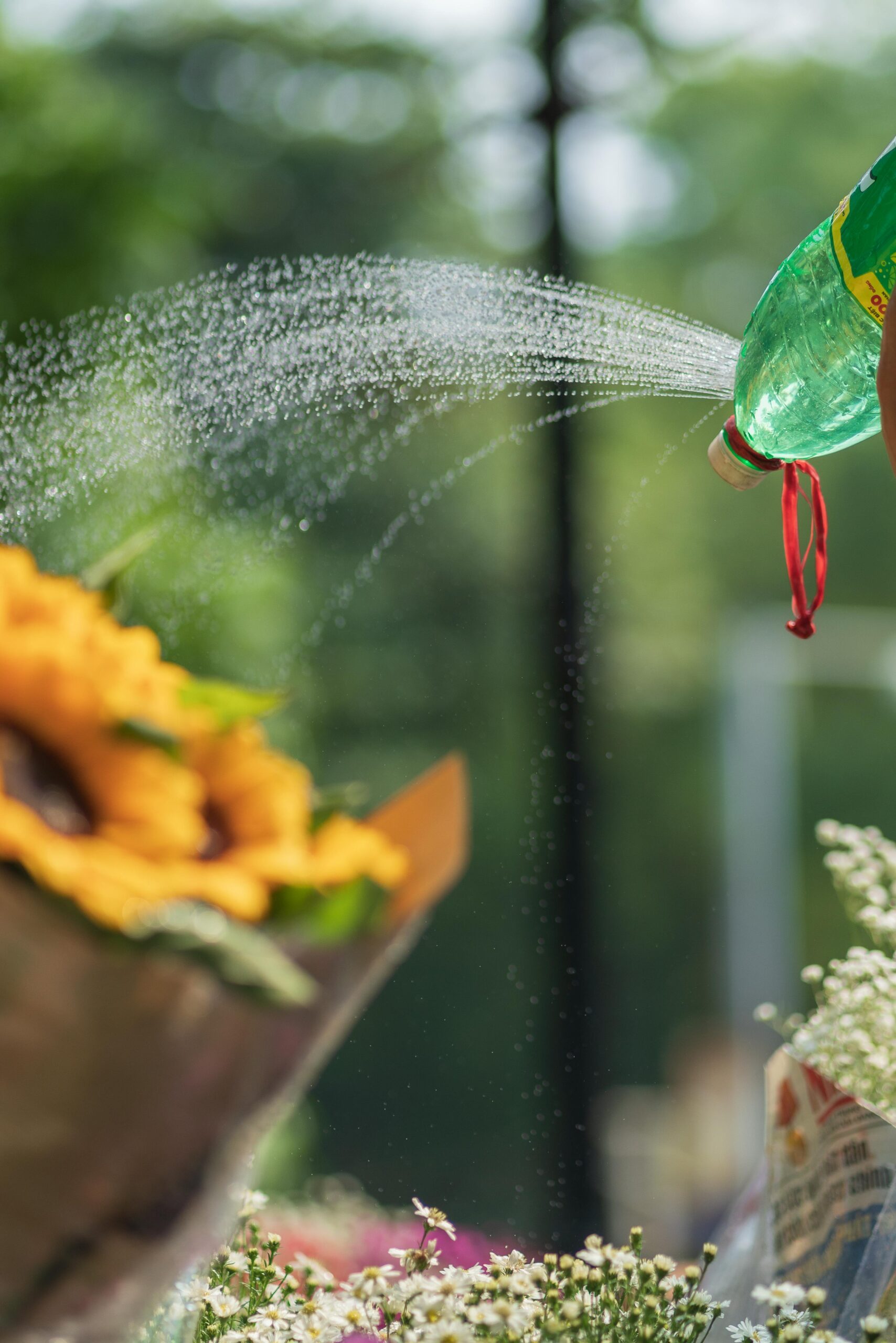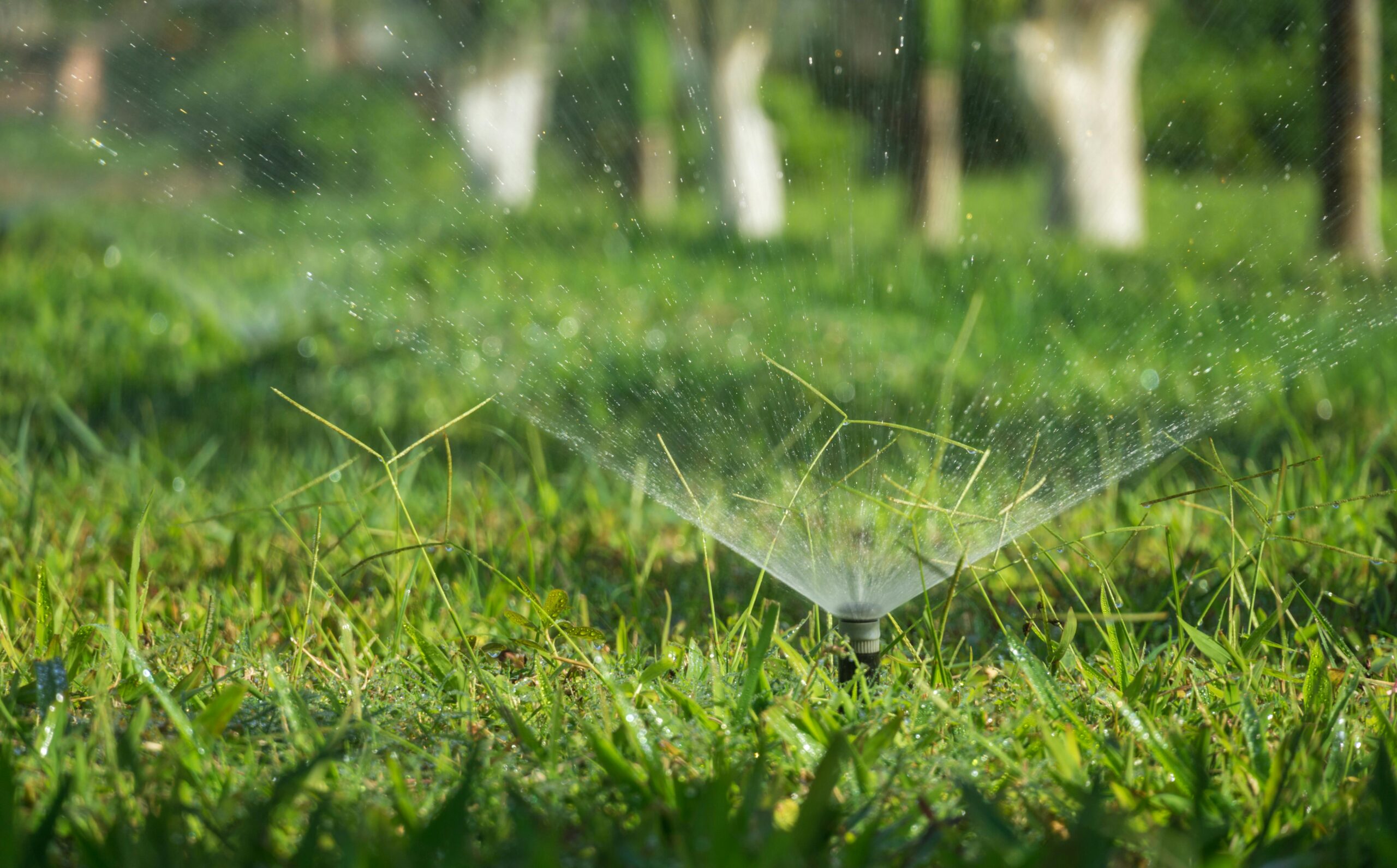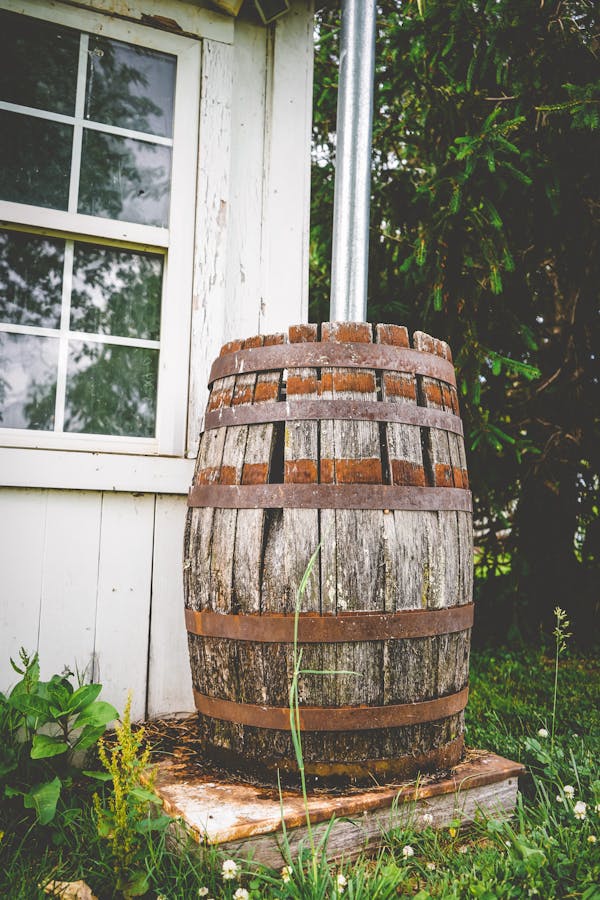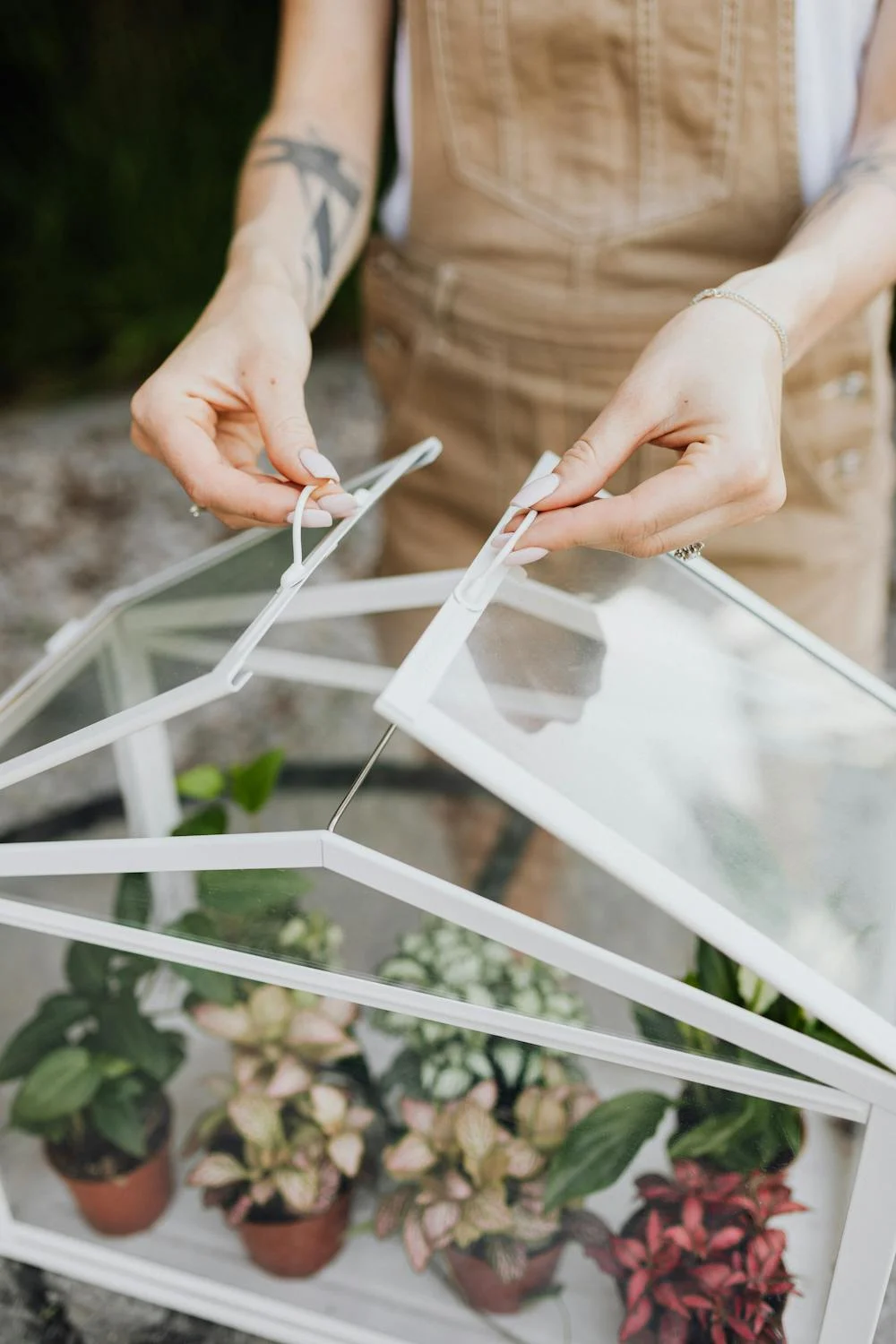Keeping potted plants healthy and hydrated can be a challenge, especially if you travel frequently or have a busy schedule. A DIY self-watering system is the perfect solution to ensure your plants receive consistent moisture without the hassle of daily watering. Whether you’re into container gardening, love houseplants, or need an easy fix for watering plants while on vacation, this guide will help you create an efficient self-watering system using simple materials.
In this blog post, we’ll explore why self-watering systems work, different DIY methods, and how to maintain them for long-term plant health. Let’s dive in!

1. Understanding Self-Watering Systems
What Is a Self-Watering System?
A self-watering system is a setup that allows plants to draw water as needed, reducing the risk of overwatering or underwatering. These systems rely on capillary action, where soil and plant roots absorb moisture from a water reservoir.
Benefits of a DIY Self-Watering System
- Saves time and effort, especially for container gardening.
- Prevents soil from drying out too quickly.
- Ideal for frequent travelers or vacation periods.
- Reduces water waste and promotes sustainability.
Best Plants for Self-Watering Systems
Not all plants thrive in self-watering setups. The best options include:
✔ Houseplants like pothos, ferns, and spider plants.
✔ Herbs such as basil, mint, and parsley.
✔ Vegetables like tomatoes, peppers, and leafy greens.
2. Essential Materials and Tools
Creating a DIY self-watering system is easy with everyday materials. Here’s what you’ll need:
✔ Plastic bottles or glass jars – For a simple drip system.
✔ Cotton rope or fabric strips – Ideal for a wick-based system.
✔ Planters with drainage holes – Helps prevent excess moisture buildup.
✔ Scissors – For cutting materials to size.
✔ Water reservoir (bucket or tray) – To store extra water.
Most of these items are affordable or can be repurposed from household waste, making this project budget-friendly and eco-conscious.
3. DIY Self-Watering System Methods
There are several easy ways to create a self-watering system depending on your plant’s needs and available materials.
Wick System (Best for Small Plants and Herbs)
This method uses a wick to transfer water from a reservoir to the soil.
How to Set It Up:
- Cut a cotton rope or fabric strip (old T-shirt strips work well).
- Place one end in a cup of water and the other end deep into the plant’s soil.
- Ensure the wick is fully soaked before setting it up.
- Place the water cup near the plant, ensuring a steady supply.
✔ Best for small potted houseplants.
✔ Provides slow and steady watering.
Plastic Bottle Drip System (Perfect for Outdoor Plants)

A repurposed plastic bottle can serve as a slow-drip watering system.
How to Set It Up:
- Take a 1- or 2-liter plastic bottle and poke small holes near the cap.
- Fill the bottle with water and insert it upside-down into the soil.
- The water will drip slowly, keeping the soil evenly moist.
✔ Ideal for vegetables like tomatoes and peppers.
✔ Great for container gardening and outdoor plants.
Upside-Down Glass Bottle System (Stylish and Effective)
For a more aesthetic approach, you can use an upside-down glass bottle.
How to Set It Up:
- Fill a glass bottle with water.
- Quickly flip it upside-down and insert it deep into the soil.
- The water will release gradually as the plant needs it.
✔ Works well for indoor houseplants.
✔ Reduces the need for frequent watering.
Self-Watering Planters (For Long-Term Use)
If you want a low-maintenance solution, consider making a self-watering planter with a built-in reservoir.
How to Set It Up:
- Take a large container and create a separate water reservoir at the bottom.
- Use a wicking material or perforated divider to separate the soil from the water chamber.
- Fill the reservoir periodically, and let the soil draw water as needed.
✔ Best for large potted plants and long-term plant care.
4. Maintaining and Troubleshooting Your System
Even a self-watering system requires some maintenance to keep it working properly.
How to Keep Your System Running Smoothly
✔ Monitor water levels – Refill the reservoir before it runs dry.
✔ Prevent algae growth – Use opaque bottles or add a pinch of charcoal to the water.
✔ Adjust for plant needs – Increase water supply in summer and reduce in winter.
✔ Check for clogging – Ensure the wicks and bottle holes remain clear.
If you notice yellowing leaves or waterlogged soil, reduce water supply and improve drainage. A well-maintained self-watering system keeps your plants healthy with minimal effort.
5. Additional Tips for a Thriving Self-Watering Garden
To enhance your self-watering system, consider these extra tips:
✔ Use a high-quality potting mix – A mix with perlite and coconut coir retains moisture well.
✔ Add mulch – A thin layer of mulch prevents water from evaporating too quickly.
✔ Combine methods – Try using both wick and bottle systems for different plants.
✔ Set up multiple reservoirs – If you have several plants, connect them to a shared water source.
✔ Consider smart watering solutions – If you love DIY projects, try adding a small pump or timer for automatic watering.
With the right setup, your plants will stay hydrated without constant attention.

Enjoy Hassle-Free Plant Care with DIY Self-Watering Systems
A DIY self-watering system is a game-changer for plant lovers. Whether you’re looking to keep your houseplants, vegetables, or container garden thriving, these easy techniques will save time, reduce water waste, and keep your plants healthy.
By choosing the right method—wick system, bottle drip, upside-down glass bottle, or self-watering planter—you can create a custom watering solution that works for your space. Plus, with simple maintenance and a few extra gardening tips, your plants will flourish even when you’re away.
Now it’s your turn! Try one of these self-watering hacks and see how much easier plant care can be. Happy gardening! 🌱😊





Leave a Reply